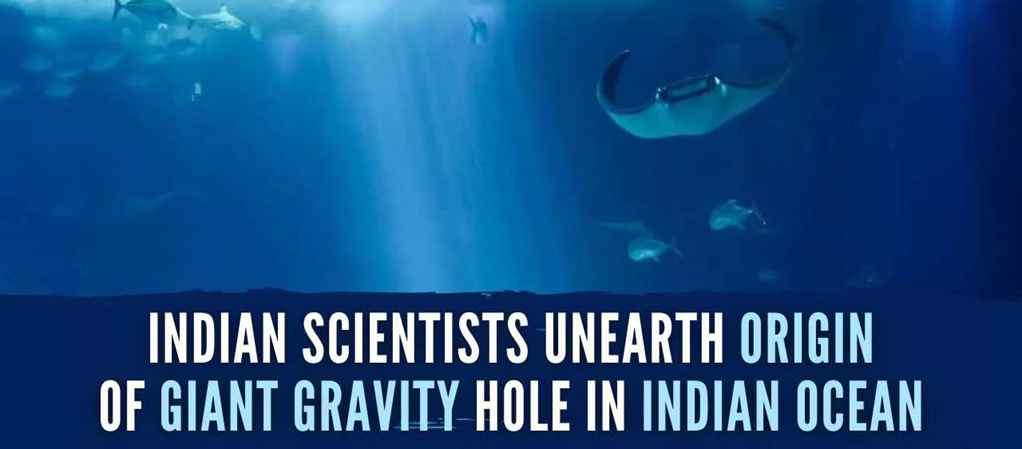Free Courses Sale ends Soon, Get It Now


Free Courses Sale ends Soon, Get It Now



Copyright infringement not intended
Context: A team of scientists from the Indian Institute of Science has made a breakthrough discovery that could explain the origin of the anomalous "gravity hole" in the Indian Ocean. The gravity hole is a region where the gravitational pull is significantly lower than the surrounding areas, creating a dip in the Earth's gravity field.
Details
The journal Geophysical Research Letters published a research article by Debanjan Pal and Attreyee Ghosh, who are researchers from the Indian Institute of Science (IISc) in Bengaluru. They explain their hypothesis about the origin of the gravitational anomaly.
Methodology
Gravity hole
About
Features
Event horizon
Singularity
Distort the surrounding space-time
Hawking radiation
Impact
Significance
Challenges
Way forward
Some possible steps are:
Conclusion
Must-Read Articles:
Gravitational wave: https://www.iasgyan.in/blogs/gravitational-waves
Gravitational Lensing: https://www.iasgyan.in/daily-current-affairs/gravitational-lensing
|
PRACTICE QUESTION Q. What is the boundary of a gravity hole called? A) The event horizon B) The singularity C) The wormhole D) The black hole Answer: A Explanation: The event horizon is the point of no return for anything that falls into a gravity hole. It is the distance from the centre of the gravity hole where the escape velocity equals the speed of light. |
https://indianexpress.com/article/technology/science/gravity-hole-indian-ocean-8761264/
© 2024 iasgyan. All right reserved